Hannibal of Carthage: Military Commander and Greatest Enemy of Rome
Throughout time there have been great military leaders, whose skills and strategic prowess have shaped and defined the path of human civilization. One such military leader was Hannibal of Carthage. A formidable Carthaginian general, Hannibal Barca waged an epic struggle against the might of the Roman Empire, clashing against Rome during the Second Punic War and ultimately shaping the history of the Mediterranean world. His name became became an indelible symbol of terror, and to this day he is considered one of the greatest military minds of all time.

Marble bust, reputedly of Hannibal of Carthage, discovered in the ancient city-state of Capua in Italy. (Public domain)
Tracing the Remarkable Ascension of Hannibal of Carthage
Hannibal, born in 247 BC in Carthage (known as Tunisia today) to the renowned Carthaginian leader Hamilcar Barca, grew up in a household filled with ambition. Alongside his brothers Hasdrubal and Mago, and several sisters, Hannibal's formative years were shaped by his father who instilled in him the insatiable desire for adventure.
Carthage, once a dominant force in the Mediterranean, had established colonies in Sicily, Sardinia and Spain. However, the rapid ascent of the Roman Republic posed a formidable challenge to Carthage's supremacy. In 264 BC, the First Punic War erupted when Rome seized the town of Messana in Sicily.
- Hannibal: The Carthaginian General Who Took on the Romans
- How Ancient Horse-Dung Bacteria is Helping Locate Where Hannibal Crossed the Alps
Hannibal was born during this tumultuous period and he witnessed the prolonged conflict that ensued for over two decades, culminating in Rome's victory in 241 BC with the Treaty of Lutatius. Throughout this time, Hannibal's father, Hamilcar, an esteemed Carthaginian leader, commanded the army and wielded considerable influence. Yet, despite their tenuous position, the Carthaginian Senate did not provide Hamilcar with sufficient resources to secure an outright victory and the war ended up establishing Rome as the dominant power of the Western Mediterranean.
The aftermath of the war saw Rome impose heavy taxes on Carthage, depleting its treasury and leaving them unable to compensate their mercenary fighters. Hamilcar confronted the challenge of a mercenary revolt, further straining Carthage's already precarious circumstances. It was against this backdrop that Hannibal's indomitable spirit and unwavering determination began to take shape, fueling his ambition to challenge the might of Rome.
Even as a boy, Hannibal yearned for the excitement of war, imploring his father to allow him to join his overseas campaigns. Hamilcar, recognizing his son's fervor, granted Hannibal's request and together they embarked on a journey to Spain. It was there that he made his young son promise a solemn vow never to befriend Rome, laying the foundation for the epic struggle that would define Hannibal's life.
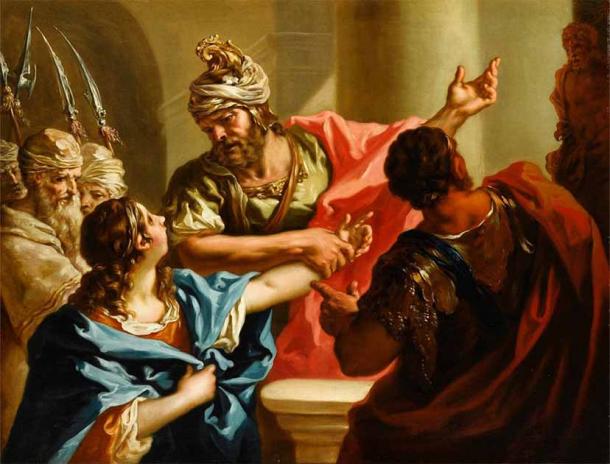
The young Hannibal of Carthage swears enmity to Rome by Giovanni Antonio Pellegrini. (Public domain)
The young Hannibal Barca grew up in the military, honing his skills in leadership and the art of tactical warfare. When his father died in battle, Hannibal’s brother-in-law Hasdrubal took over as leader and Hannibal dutifully served him as an officer. When Hasdrubal was assassinated in 221 BC, Hannibal of Carthage petitioned the Senate to take over command of the army. This occurred when Hannibal was around 26 years old and married to an Iberian princess named Imilce.
Now commander-in-chief of the Carthaginian army, and faced with Rome's growing dominance, Hannibal envisioned a bold plan to confront the Romans directly. At first he fervently carried on his father’s campaigns in Spain, attempting to establish alliances and strategic resources in the area. But in 2018 BC Hannibal of Carthage attacked Rome’s ally’s at Saguntum, near modern-day Valencia, a crucial stronghold for controlling maritime routes in the Mediterranean Sea. This act violated a previous treaty between Rome and Carthage, and sent a powerful message to Rome, kicking off the Second Punic War.
After besieging the city and reducing it to ruins, Hannibal of Carthage headed north. Styling himself as a liberator, he successfully attracted recruits and devised a daring plan to confront Rome directly. To avoid facing Rome's naval superiority, he embarked on the audacious endeavor of traversing Northern Spain and Southern Gaul with the goal of reaching Italy by crossing the Alps overland.
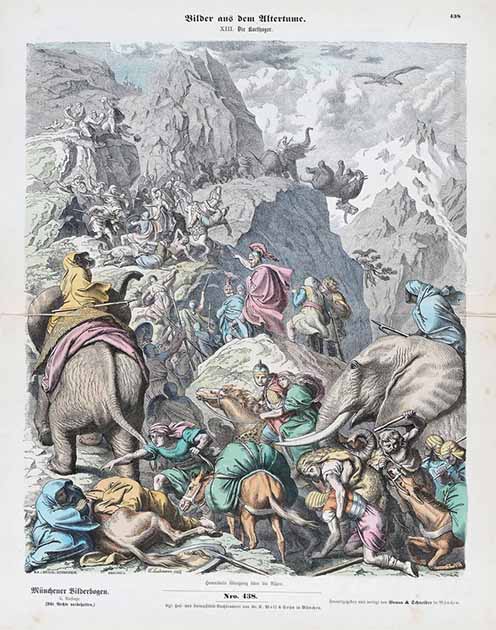
Hannibal's Famous Crossing of the Alps by Heinrich Leutemann. (Public domain)
Hannibal of Carthage: Conquering the Alps Against All Odds
One of the most remarkable feats of his lifetime, and the one for which he is best remembered, was his successful crossing of the Alps into Italy in the hopes of uniting with anti-Roman allies in the region. In 218 BC, Hannibal of Carthage commanded an awe-inspiring force consisting of over 100,000 troops and a formidable contingent of around 40 war elephants. While the exact route Hannibal took through the Alps has been a subject of scholarly debate, it is widely agreed that the journey was perilous and fraught with challenges.
An extraordinary military strategist, Hannibal was acutely aware that the impending journey through the treacherous Alps would pose immense challenges. However, his genius as a commander compelled him to meticulously prepare for the arduous expedition, dispatching scouts to gather crucial intelligence on the specific conditions that awaited him along the arduous path. This planning exemplified Hannibal's unwavering commitment and strategic foresight, setting the stage for one of history's most audacious and legendary military campaigns.
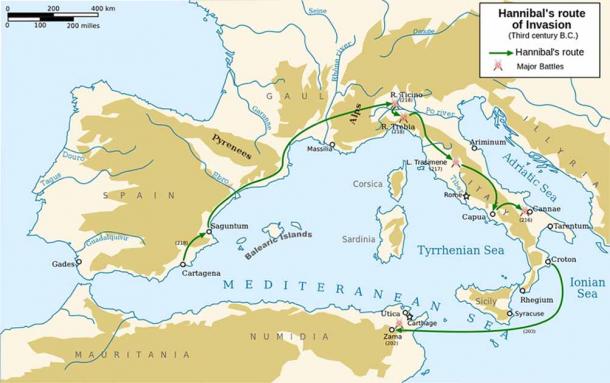
The route taken by Hannibal of Carthage to travel from Spain to Rome, via the Alps. (Abalg / CC BY-SA 3.0)
Departing in the autumn of 218 BC, Hannibal of Carthage and his army confronted the harsh climate of the Alps while enduring relentless guerilla attacks from indigenous tribes. These tribes obstructed their path by rolling heavy stones in an attempt to halt their progress. Among the challenges they faced, the passage controlled by the Allobroges, a Gallic tribe of ancient Gaul, posed a critical obstacle. However, Hannibal's strategic brilliance prevailed.
Hannibal dispatched spies who discovered a crucial weakness in the Allobroges' defenses: they occupied their positions only during the daytime and abandoned them at night. Exploiting this vulnerability, Hannibal devised a clever strategy.
His army set up camp, lighting numerous fires to create the illusion of settling down for the night. Believing that an attack under cover of darkness was unlikely, the Allobroges left their posts at the end of the day. Seizing the opportunity, Hannibal's forces swiftly stormed through the pass, bypassing any resistance. This calculated and daring approach demonstrated Hannibal's ability to adapt to challenging circumstances and exploit the weaknesses of his adversaries, ultimately contributing to his reputation as one of history's most exceptional military leaders.
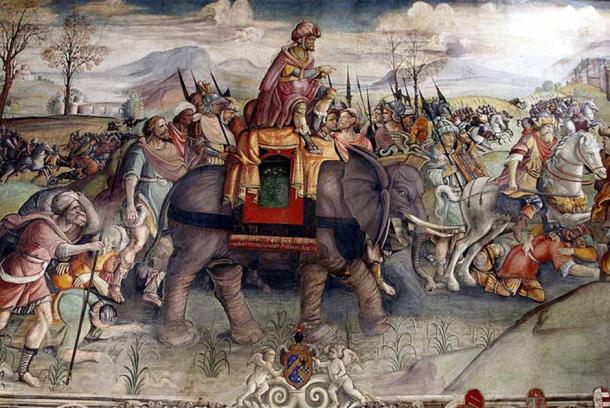
Detail from a fresco circa 1510 at the Palazzo del Campidoglio in Rome, showing Hannibal of Carthage crossing the Alps. (José Luiz Bernardes Ribeiro / CC BY-SA 4.0)
As the army completed their ascent of the Alps, Hannibal placed his men in the brush, approximately 100 feet (30.5 meters) above the marching army, in hopes of attacking any tribes that approached. However, when hostiles did attack, Hannibal lost many men and soldiers over the steep cliffs, as they fell to their deaths.
Hannibal’s army eventually completed their ascent in early November 218 BC. Having left Saguntum in the spring of 218 BC, they had been marching for over five months; In the process thousands of men and animals had been killed by hostile tribes, harsh weather conditions or fatal falls from the treacherous cliffs. They rested in a valley for two days before beginning their descent. Morale was low, and they knew they had a tough journey ahead of them.
During their descent, the army approached a path that was covered by a landslide. Hannibal decided to take the army on a detour, but eventually determined that the path would be impossible for the army to cross. They eventually turned back towards the area covered by the landslide. Hannibal ordered the men to work in relay to clear the covered path. After one day, the pack animals were able to cross, and Hannibal ordered them down to a nearby pasture. However, it took three more days to clear the path enough for the remaining war elephants to pass through.
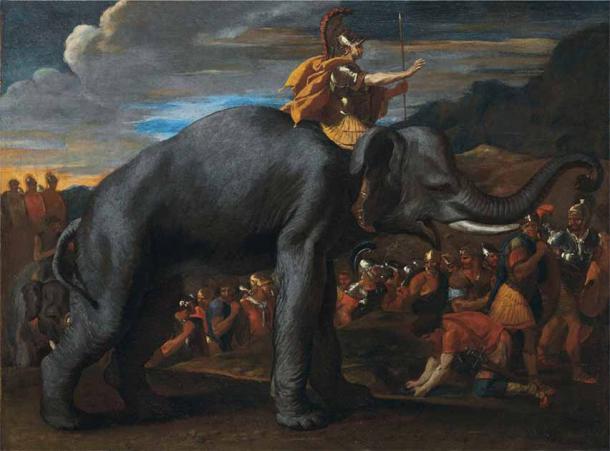
Hannibal of Carthage crossing the Alps on elephants by Nicolas Poussin. (Public domain)
The Eventual Defeat and Downfall of Hannibal of Carthage
While there is no direct archival evidence of Hannibal’s crossing of the Alps, Hannibal's grueling journey exacted a heavy toll, diminishing Carthaginian forces through battles, harsh conditions and desertion. However, against all odds, after 17 arduous days, Hannibal of Carthage defied expectations, arriving in Italy with around 20,000 infantry and 6,000 cavalry.
- New Site Identified For Battlefield Of Hannibal’s First Great Victory
- Inside the Mind of Hannibal: What Caused Him to Become Rome’s Most Hated Man?
Once in Italy, Hannibal’s army joined with anti-Roman forces in northern Italy to begin the main assault on Roman territory. Despite inflicting devastation upon the Italian countryside and securing significant victories over several years, Hannibal of Carthage ultimately faced defeat. This was due to the tactics of Roman General Quintus Fabius Maximus (217 to 216 BC) which came to be known as Fabian tactics; Fabius realized he could defeat Hannibal of Carthage by engaging his men in small, costly skirmishes, which caused his manpower to dwindle and eventually forced his retreat.
Nevertheless, Hannibal of Carthage continued to battle Rome for more than a decade and his decisive thrashing only came in 202 BC, when he was defeated by Scipio Africanus at the Battle of Zama in North Africa, effectively ending the Second Punic War and tarnishing Hannibal’s reputation. As part of the peace treaty, Carthage was forced to surrender its territories in Spain and North Africa, dismantle its navy and pay a large indemnity to Rome.
After years dedicated to Carthaginian politics, Hannibal of Carthage was eventually forced to retire from office by the Romans in 195 BC. After first seeking refuge in the Seleucid Empire, he found himself at the court of King Prusias of Bithynia in modern-day Turkey. When the Romans demanded his extradition, the famed Hannibal of Carthage opted for taking his own life by ingesting poison in 183 BC, a final act of defiance against his lifelong enemy. “Let us rid the Romans of their fear of this troublesome old man,” he is reported to have said by the Roman historian Livy.
Hannibal’s trek through the Alps is revered today as one of the most celebrated achievements of ancient warfare, and as one of Hannibal’s greatest accomplishments. While many men and animals were lost, the journey stands as a testament to Hannibal’s leadership abilities and unwavering determination to employ any means necessary to defeat Rome. The crossing of the Alps solidified his legacy as one of the greatest military leaders of all time.
Top image: Hannibal of Carthage is most famous for having crossed the Alps along with his African war elephants. Source: vitanovski / Adobe Stock
By M R Reese
References
Biography.com Editors. 2 April 2014. “Hannibal” in Biography. Available at: https://www.biography.com/military-figures/hannibal
Gill, N. S. 23 March 2018. “Profile of Hannibal, Rome's Greatest Enemy” in ThoughtCo. Available at: https://www.thoughtco.com/who-was-hannibal-118905
Hudson, E. 11 April 2021. “Hannibal Barca: 9 Facts About the Great General’s Life & Career” in The Collector. Available at: https://www.thecollector.com/9-facts-hannibal-barca-of-carthage-great-general/
Livius.org. 1995. “Hannibal Barca” in Livius. Available at: https://www.livius.org/articles/person/hannibal-3-barca/
National Geographic. No date. “Who was Hannibal?” in National Geographic. Available at: https://www.nationalgeographic.com/culture/article/hannibal
National Geographic Society. 28 September 2022. “Hannibal” in National Geographic Education. Available at: https://education.nationalgeographic.org/resource/hannibal/
Sabin, P. A. G. et. al. 2007. The Cambridge History of Greek and Roman Warfare. Cambridge University Press.
















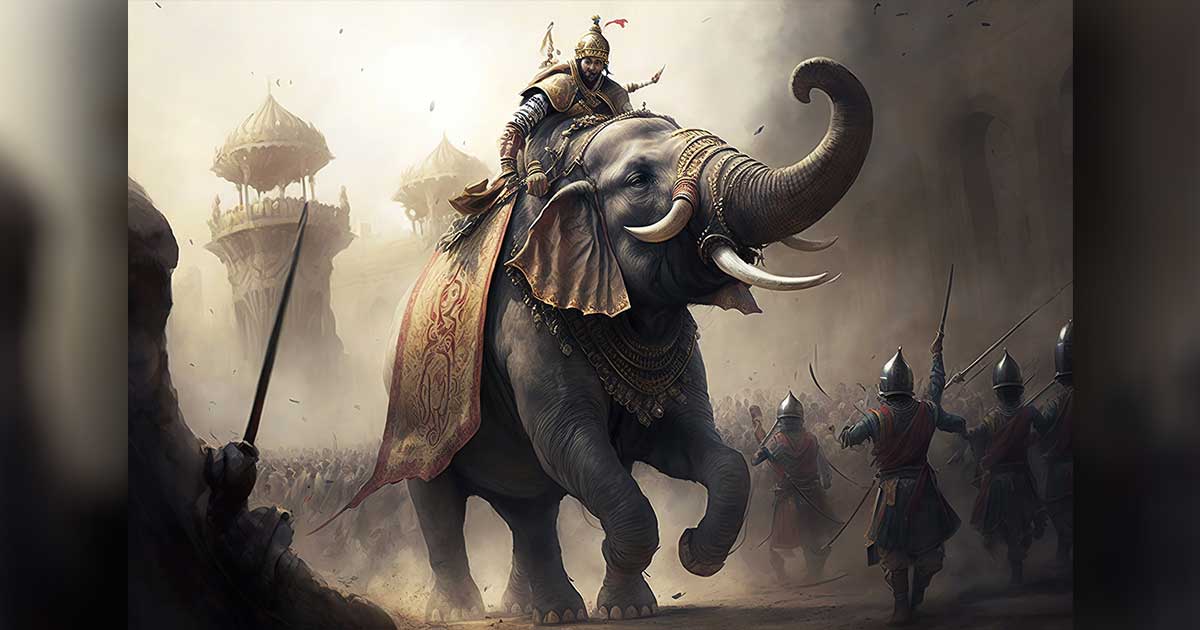

Comments
Such fictional story, along with illustrations of a Black African Carthaginian General shown as a northern looking European. The fake history illustrations will never stop, while the truth will always remain..
Charles Bowles
Short fictional take on the later years.
https://withtwist.wordpress.com/2014/07/21/the-long-game/
the whole journey is amazing! i can't imagine walking/marching anywhere for 5 months much less through mountains, past tribes and with elephants! it's a testiment to the human spirit.
love, light and blessings
AB
am learnin about this in classics and this article has helped me out and it is very easy to comprend